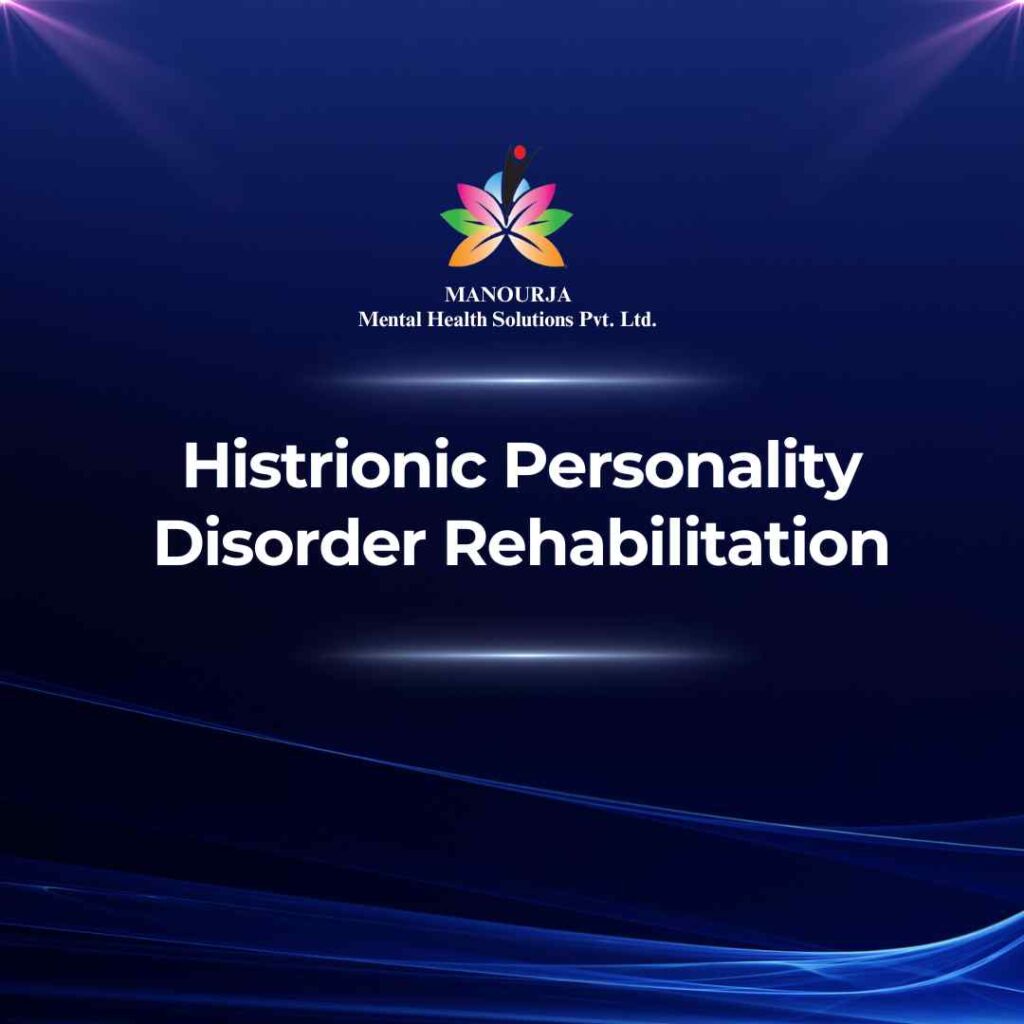Histrionic Personality Disorder Rehabilitation

Histrionic Personality Disorder (HPD) is characterized by a pattern of excessive emotional and attention-seeking behaviors. Individuals with HPD often feel uncomfortable when they are not the center of attention, and may frequently engage in socially inappropriate or provocative behavior to draw attention to themselves. Recognizing the signs and symptoms can help in determining the appropriate type of psychosocial rehabilitation.
Signs and Symptoms of Histrionic Personality Disorder
- Constant Seeking of Reassurance or Approval: Exhibits a strong desire to be liked and often needs constant reassurance or approval from others.
- Excessive Emotionality: Demonstrates overly dramatic, theatrical expressions of emotion that can shift rapidly.
- Inappropriateness in Intimate Relationships: Views relationships as more intimate than they actually are; may act overly familiar or inappropriately seductive.
- Attention-seeking Behavior: Feels uncomfortable when not the center of attention; may use appearance or behavior to draw attention.
- Easily Influenced by Others: Suggestible and easily influenced by current trends, people, or circumstances.
- Dramatic, Theatrical: Tends to exaggerate friendships and relationships, believing that everyone loves them.
- Shallow, Rapidly Shifting Emotions: Emotions may appear exaggerated but are often shallow and shift rapidly.
Indicators for Outpatient Psychosocial Rehabilitation (OPD)
- Individuals with mild to moderate symptoms that do not severely impact their daily functioning.
- Stable support systems that can facilitate the adherence to outpatient treatment schedules.
- Capability to maintain safety in a non-controlled environment.
Indicators for Inpatient Psychosocial Rehabilitation (IPD)
- Severe manifestations of HPD that significantly impair social, occupational, or other areas of functioning.
- Presence of co-occurring mental health issues such as mood disorders, eating disorders, or substance abuse that require intensive therapy.
- High risk of self-harm or suicide, especially in situations where attention-seeking behaviors are linked to dangerous or self-injurious actions.
Factors Influencing the Decision
- Severity of the disorder and its impact on the individual’s life.
- Existing support systems and their capacity to assist the patient.
- History of treatment adherence and effectiveness of previous interventions.
- Presence of additional psychiatric comorbidities.
How Psychosocial Rehabilitation Aids in Treating Histrionic Personality Disorder
Psychosocial rehabilitation focuses on helping individuals develop healthier relationships, improve self-esteem without reliance on others’ approval, and manage emotions more effectively.
Specific Techniques and Approaches at MANOURJA
- Cognitive Behavioral Therapy (CBT): Helps patients recognize their distorted (often dramatized) perceptions and understand the motivations behind their behavior, teaching more realistic and less destructive ways to think and act.
- Dialectical Behavior Therapy (DBT): Useful for emotion regulation, helping to stabilize emotions and reduce impulsivity through mindfulness and distress tolerance skills.
- Group Therapy: Offers a controlled setting for social interaction, providing feedback and support from peers, and opportunities to practice new behaviors.
- Psychodrama: Allows patients to explore their emotions and behaviors through dramatization and role-playing, which can be particularly engaging and therapeutic for individuals with HPD.
Steps in Psychosocial Rehabilitation at MANOURJA
- Initial Assessment: Comprehensive evaluation of emotional, behavioral, and social functioning.
- Personalized Treatment Planning: Development of a tailored treatment plan that addresses specific needs and goals.
- Implementation of Therapeutic Interventions: Engaging in designated therapy sessions focusing on identified issues.
- Monitoring and Adjustment: Regular evaluations to assess progress and make necessary adjustments to the treatment approach.
- Transition Planning: Support in gradually integrating learned skills into daily life to enhance functionality and independence.
“Embrace your true self, one step at a time.”
